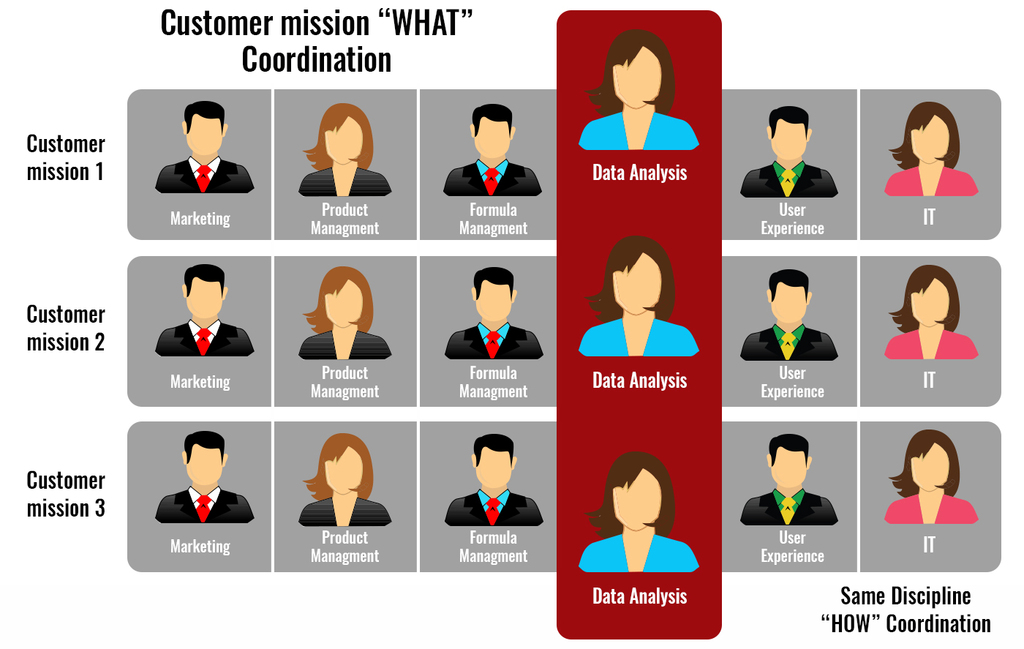10 Social Listening Tools and Who They’re Best for
By BrandwatchJul 14
Join us and boost your social media potential with our data-led event
Published June 22nd 2017
The pressure on organizations to make accurate and timely business decisions has turned data into an important strategic asset for businesses. Booming data-driven has never been more important.
In today’s dynamic marketplace, a business’s ability to use data to identify challenges, spot opportunities, and adapt to change with agility is critical to its survival and long-term success.
Therefore, it has become an absolute necessity for businesses to establish an objective, data-driven culture that empowers employees with the capabilities and skills they need to analyze data and use the insights extracted from it to facilitate a faster, more accurate decision-making process.
Contrary to what many people think, cultivating a data-driven culture is not just a one-time transformation. Instead, it’s more like a journey that requires efforts from employees and direction from both managers and executives. In this article, I am sharing five different ways businesses can accelerate their transformation into a data-driven enterprise.
Establishing a clear vision is essential for putting data into the DNA of an organization.
An executive, preferably the CIO or CDO, should present the vision to the workforce and provide the rationale for this shift in culture and in benefits. This, in turn, will set stage for the work ahead and provide an opportunity to clear misconceptions.

Data can be truly considered an asset when its accuracy is trusted, its provenance is well established, and its complete security is ensured.
On the other hand, optimal utilization of data requires governance and openness. To ensure this, you should consider a layered approach to make data available in a manner for which its security, governance and confidentiality is not compromised.

It’s very hard to analyze and extract something valuable from poorly organized, inaccurate, dated information.
Therefore, you should develop clear mechanisms regarding the collection, storage, and analysis of data. Make sure all your data inputs are centralized in a single location for easy integration and regular updates. This way, your employees can gather the most recent information from a single place and make more accurate decisions.
People, not tools drive the culture of a company.
Therefore, in order to create a fact-driven work environment, businesses should invest in the skills of their people. Make sure that each team contains at least one member who’s well-skilled and experienced at data analytics.

Sharing data successes is important to inspire others and develop a healthy, competitive, data-driven culture. To share the results achieved by a team or an individual, you can use different communication tools, such as videos and blogs, organize special gatherings, or share the results on your company portal. Make sure that you choose initiatives that are in line with your company’s long-term strategy.
For example, if your objective is to penetrate new markets or gather more information about your target customers, you should acknowledge and reward the initiatives that help you make progress towards these strategic goals.
Unless communicated across an organization, data remains worthless. To extract the right information and insights from structured and unstructured data, it is important that you focus your efforts on cultivating a data-driven culture that empowers employees with the resources and skills they need to leverage data and obtain the right information at the right time to make more accurate decisions.
If you would like to read more from Ronald van Loon on the possibilities of Big Data and IoT, please click “Follow” and connect on LinkedIn and Twitter.
Offering up analysis and data on everything from the events of the day to the latest consumer trends. Subscribe to keep your finger on the world’s pulse.
Existing customer?Log in to access your existing Falcon products and data via the login menu on the top right of the page.New customer?You'll find the former Falcon products under 'Social Media Management' if you go to 'Our Suite' in the navigation.
Brandwatch acquired Paladin in March 2022. It's now called Influence, which is part of Brandwatch's Social Media Management solution.Want to access your Paladin account?Use the login menu at the top right corner.